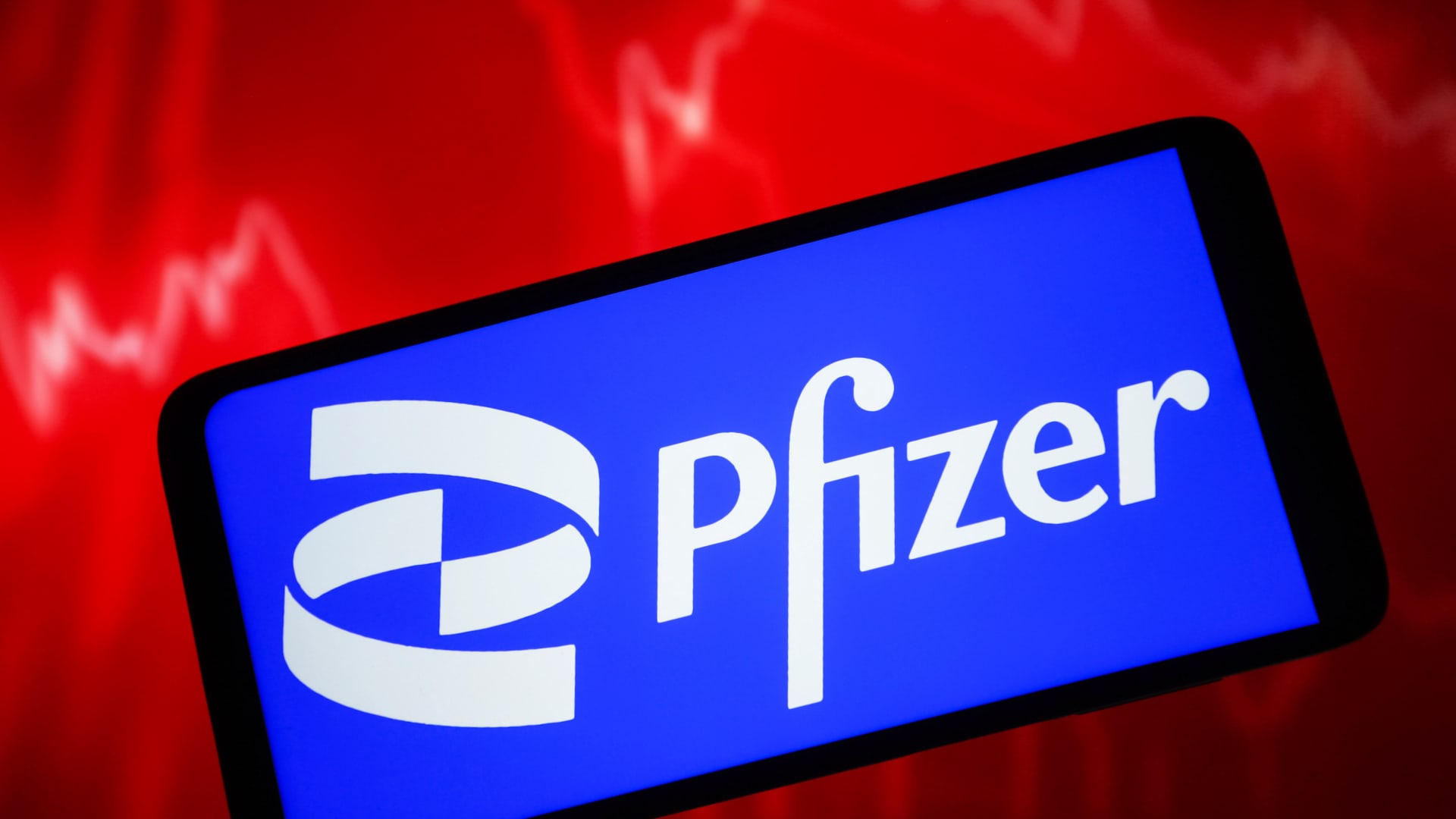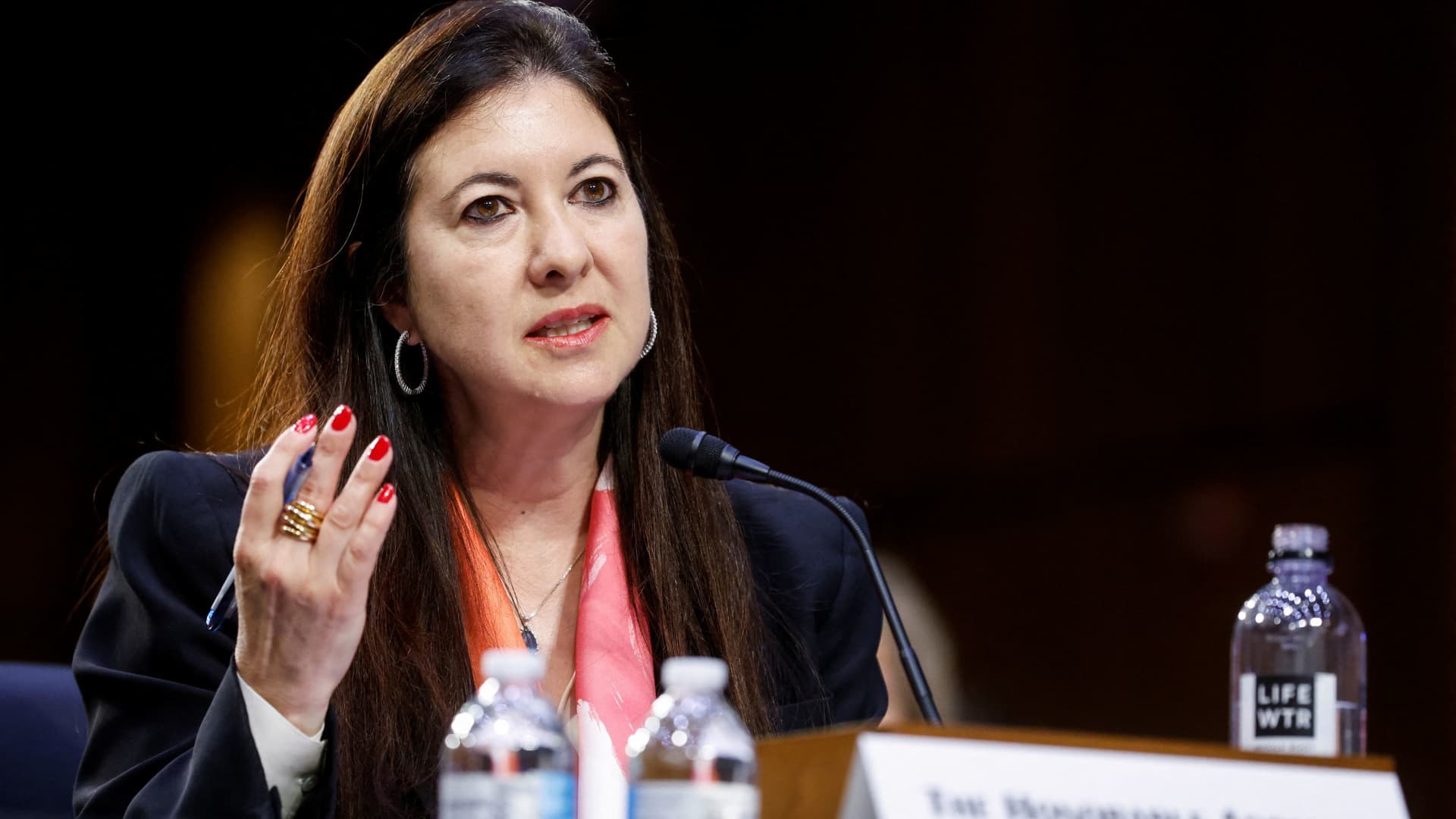Elon Musk continues his escape from “the First State”.
Another Elon Musk-led company has moved its headquarters from Delaware as the tech billionaire continues to criticize the state after a judge there invalidated his nearly $56 billion Tesla paycheck.
Moving the founding of SpaceX, Musk’s private rocket giant, to Texas will help boost the Lone Star State’s business standing. However, it remains unclear whether Tesla itself will be able to make the same journey.
Musk makes good on his threat and withdraws from the state. “If your company is still incorporated in Delaware, I recommend moving to another state as soon as possible,” he wrote in his announcement of SpaceX’s relocation. This comes shortly after he moved the foundation of Neuralink, his brain implant company, to Nevada.
Dozens of states in recent years have tried to lure companies away from Delaware — which has become America’s home of major corporations because of its extensive, business-friendly court system — by touting themselves as even friendlier. Musk supported this view, writing that incorporating in Delaware is a “guarantee of spurious litigation.”
All eyes are now on Tesla. It will be up to the automaker’s board and, more importantly, its shareholders to approve such a move. The same investors were at the center of Delaware Chancellor Kathaleen McCormick’s decision last month to reject Musk’s pay package: She found that Tesla’s board did not sufficiently consider investors’ interests when recommending the compensation system and that it was unfair to others be shareholders.
However, Musk can exert considerable pressure. He has already demanded a larger voting stake in Tesla and threatened to move new artificial intelligence companies to other parts of his business empire if he doesn’t get his way. (All of this is drawing attention from Tesla Chairman Robyn Denholm, who accused McCormick of a “negligent approach to her oversight responsibilities.”)
Bloomberg Opinion’s Matt Levine examined the legal hurdles in a Tesla Texas two-step and found that they are complicated — and perhaps full of irony:
So the shareholders are going to go to the judge in Delaware and say, “Elon Musk tried to pay himself $55 billion and you stopped him because it was unfair to the shareholders and now he’s trying to move Tesla to Texas.” “So he can (1) get rid of you and (2) pay himself $75 billion, so you have to stop him again.” And I think that’s an argument that the judge in Delaware might find convincing? I mean, she stopped Musk from paying herself $55 billion. This step will probably be even more offensive.
Will other companies follow this example? According to corporate governance experts, this appears unlikely for now. “In Delaware there isn’t much else other than corporate regulation, and so it is viewed as neutral by investors and managers,” Charles Elson of the Weinberg Center for Corporate Governance told CNBC.
Here’s what’s happening
New data shows Britain and Japan slipped into recession last year. For Japan, the economic slowdown could complicate central bankers’ efforts to finally free the country from negative interest rates. But in the UK it could have the opposite effect, accelerating the Bank of England’s rate cuts. (In other global economic news, the European Commission cut its growth forecast for the EU and euro zone.)
There is a risk of further layoffs on Wall Street and in Silicon Valley. Morgan Stanley plans to cut several hundred jobs in its asset management unit. This is one of the first big moves by the company’s new CEO, Ted Pick, reports the Wall Street Journal. Meanwhile, Cisco became the latest tech company to announce layoffs, saying it would cut more than 4,000 jobs.
Berkshire Hathaway reduces its stake in Apple. Warren Buffett’s conglomerate sold about 1 percent of its shares in the iPhone maker, according to regulatory filings, reducing a stock position that made up an outsized portion of Berkshire’s investment portfolio. However, Berkshire’s remaining 5.9 percent stake in Apple is worth about $167 billion.
Nvidia marches on
A series of analyst upgrades and pent-up anticipation ahead of next week’s big earnings release have helped Nvidia’s shares stage a rapid rally, pushing the chipmaker closer to the $2 trillion mark. But can the biggest beneficiary of Wall Street’s enthusiasm for artificial intelligence companies keep it up?
Nvidia overtook Alphabet and Amazon this weekThis makes it the third largest publicly traded US company with a market capitalization of $1.821 trillion.
Its shares have risen nearly 50 percent this year, adding about $560 billion to its market value since Jan. 2, as investors bet the company will reap huge profits from developing the chips for AI services becomes.
To put the rally in perspective: Nvidia’s year-to-date market cap increase is greater than JPMorgan Chase’s entire market valuation. Its stock rally outpaced gains by other members of the so-called Magnificent Seven grouping of megacap tech stocks.
Wall Street sees even more growth. Analysts at Bank of America, Goldman Sachs and UBS are among those who have raised their price targets in recent days to reflect increasingly optimistic revenue forecasts.
But Nvidia faces some major challenges. The Biden administration last year imposed an export ban on sales of cutting-edge semiconductors to China, one of Nvidia’s fastest-growing markets. And a number of technology companies – including Chinese rivals – have pushed ahead with the development of their own AI chips, trying to break Nvidia’s market power.
Nvidia CEO Jensen Huang said at the DealBook Summit in November that he wasn’t worried about increasing competition, saying it could take years for some of them to catch up.
Congress is targeting rising consumer prices
With President Biden putting “shrinkflation” back in the spotlight, Democrats in Congress are scrambling to keep the spotlight on companies’ pricing practices.
DealBook is first to report that Senator Elizabeth Warren of Massachusetts and others will introduce the latest version of the Price Gouging Prevention Act. “Giant corporations use supply chain shocks as a cover for excessive price increases, sometimes charging the same price but reducing the amount consumers actually get,” she told DealBook.
What the bill does: It would authorize the FTC (which would also receive $1 billion in additional funding) and state attorneys general to stop companies from charging “wholly inflated” prices, regardless of where in the supply chain alleged price gouging occurred. In addition, public companies would have to disclose more about their costs and pricing strategies.
The legislation would also protect small businesses — those making less than $100 million — from litigation if they had to raise prices in good faith during times of crisis.
Price increases remain an important political and economic issue. During the pandemic, the bill’s supporters say, companies have raised prices excessively, blaming supply chain disruptions and inflation in general.
Several years later, rising prices are still a problem: The latest consumer price index report showed a 3.1 percent increase in January, while producers’ input costs rose significantly less, according to the measure’s sponsors. (The latest Producer Price Index report is due to be released tomorrow.)
States are also in the process of taking action against unjustified increases. New York Attorney General Letitia James introduced a rule last year that creates “guardrails” for companies that use “dynamic pricing models.” And Minnesota wants to strengthen an anti-price gouging law that its lawmakers passed last year.
However, the prospects of the new proposal — like those of its predecessors — appear uncertain, especially as conservatives appear intent on blaming Biden, not corporations, for inflation.
The SPAC in the space race
Thursday’s launch of a SpaceX rocket to the moon carrying a payload of high-tech research equipment for NASA once again highlighted the agency’s reliance on private industry for space exploration.
SpaceX, now reportedly worth $180 billion, appears to be a stable partner for NASA. But it’s not clear whether this also applies to smaller contractors, including some that went public through a merger with a blank-check company.
The centerpiece of today’s launch is a lunar lander built by Intuitive Machines, an unprofitable Texas startup that went public last year through a SPAC (Special Purpose Acquisition Company). These financial vehicles were briefly the hottest route for private companies to go public, but market enthusiasm for such deals has waned in recent years due to skepticism about the financial health of these companies.
Investors appear to have cooled on Intuitive Machines: Shareholders in the SPAC that took the company public paid in a remarkable $279 million before the merger closed, leaving the startup with less money to fund its space ambitions. In November, Intuitive Machines reported having about $40 million in cash.
The company has several contracts with NASA, including a five-year technical services contract worth $719 million. (NASA is paying Intuitive Machines $118 million for this lunar mission.) Stephen Zhang, a spokesman for the company, described its operation to DealBook as “lean and mean.”
Intuitive Machines got some good news on Thursday. The stock rose in premarket trading after the launch. But at their current level of around $5, the shares remain well below their IPO price. This can make it difficult for the company to retain top talent as their equity packages remain underwater.
As for the wisdom of NASA relying on private players, the approach doesn’t depend on partners’ finances: “Missions are already largely funded by taxpayer dollars,” said Ellis Brazeal, co-head of aerospace and aviation at NASA the law firm Jones Gehhilfe.
It will take a week to find out whether NASA’s Intuitive Machines mission was a success. Other attempts to land on the moon failed, including by Astrobotic Technology and Israel Aerospace Industries.
THE SPEED READING
Offers
politics
The best of the rest
We appreciate your feedback! Please email your thoughts and suggestions to dealbook@nytimes.com.
Source link
2024-02-15 13:06:24
www.nytimes.com














